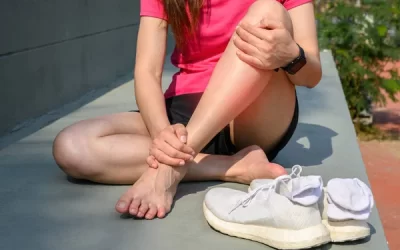SNOW SHOVELING SAFETY TIPS
With the first major snow fall of the season, we have already had our first patient who injured their back while shoveling snow. Here are some helpful hints that physical therapists wish more people understood before they try to clear the driveway, and walkways around their home:
Snow shoveling is considered moderate physical activity. It is aerobic in nature placing a strain on the cardiovascular system. It is also weight lifting in nature particularly depending on the type of snow, how deep the snow is laid down before beginning and if there is ice on top or under the snow. Snow shoveling is also repetitive in movement. Not using proper body mechanics while completing this activity can lead to muscle strain and injury. The good news is that snow shoveling can be very good exercise if completed properly. The bad news is that snow shoveling should not be completed by certain persons as it places them at risk for fatal heart attacks. Who should never attempt to shovel snow? Anyone with a history of heart attack, heart disease, high blood pressure or high cholesterol should consider hiring someone to shovel for them. Also smokers and persons who lead a sedentary lifestyle can be at risk. If you question if you should attempt to shovel, you need to talk with your physician to get medical approval.
If you are in good health, there are several things you can do to complete this task safely:
- Prior to going outside, do a warm up activity in the house just as you would if you were working out in the gym. For example, try marching in place for several minutes, stretch muscles in your legs and arms, loosen up your torso with gentle motions.
- Next, hydrate before you go outside. Dehydration can occur in winter months with exertion just as easily as in the summer months. Drink water. Do not drink caffeine or energy drinks as these types of drinks can put a strain on the cardiovascular system prior to exertion.
- Layer your clothing to protect your skin. You can always take off layers if needed as you move through the snow. Make sure you have proper footwear. Slips, trips on snow and ice can cause falls and serious injury.
- Cold air in the respiratory tract can make breathing difficult. Cover your nose and mouth with a scarf in needed to warm air as you breathe.
- Start early with the snowfall. Moving lighter snow fall on surfaces more often is easier than dealing with deep, packed heavy snow or snow with ice on top of it.
- Choose the correct type of shovel. Many persons are enticed by large shovels thinking they will use this to move snow faster. You do not want to lift loads too big for your body. Be sensible about the size of your shovel. Plastic shovels are lighter in weight than metal and snow is less likely to stick to plastic. Some persons have found that spraying a lubricant on the shovel prior to shoveling can also prevent sticking snow.
- Proper pacing during activity is important. Take frequent breaks, rehydrate, do a few backward bends after so much shoveling to reposition spine and use other muscles.
- Proper technique and body mechanics are very important in preventing injury. When possible, push snow with the shovel rather than lifting it. Work in zones clearing smaller zones at a time. Do not throw snow over your shoulder or to the side as this requires a twisting motion that strains your back. Clear a center path in a zone then shovel to the right of the path followed by the left side of the path pushing snow to each side. If you must lift, use your leg muscles rather than your back muscles. Keep your legs apart with your knees bent and back straight. Do not bend at the waist. Scoop small amounts of snow into the shovel and walk it to where you need to dump it. Remove deep snow by layers or pieces, never by big heavy chunks of snow. Keep the shovel close to your body. If you hold a shovelful of snow with the arms outstretched rather than keeping elbows bent and the shovel closer to abdomen, you place too much strain on your back muscles.
- After shoveling, rehydrate and gently stretch arm and leg muscles. We wish you a healthy winter in 2013.



